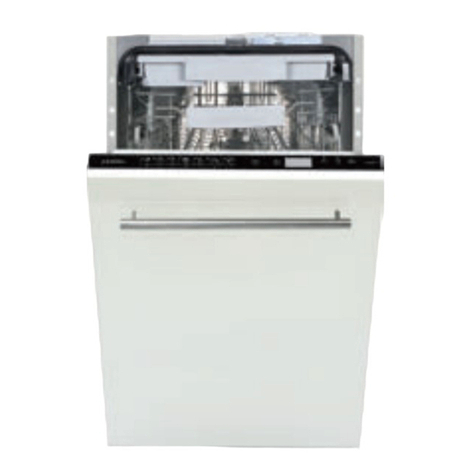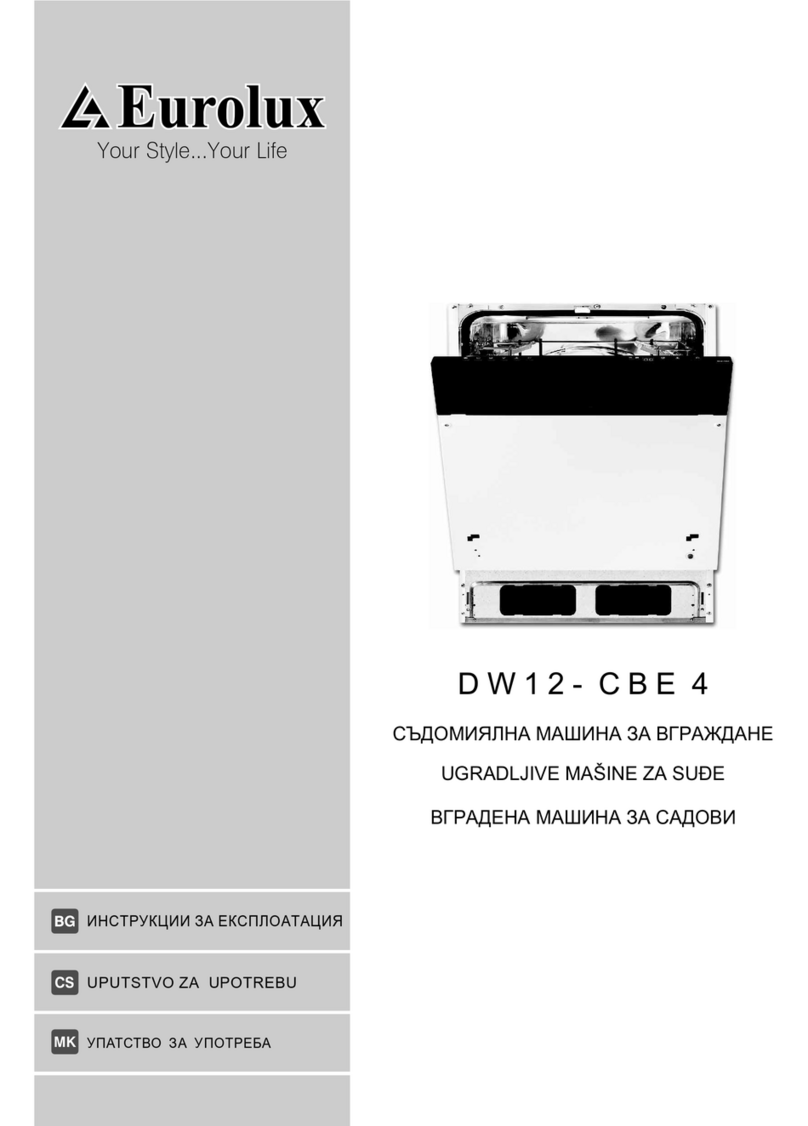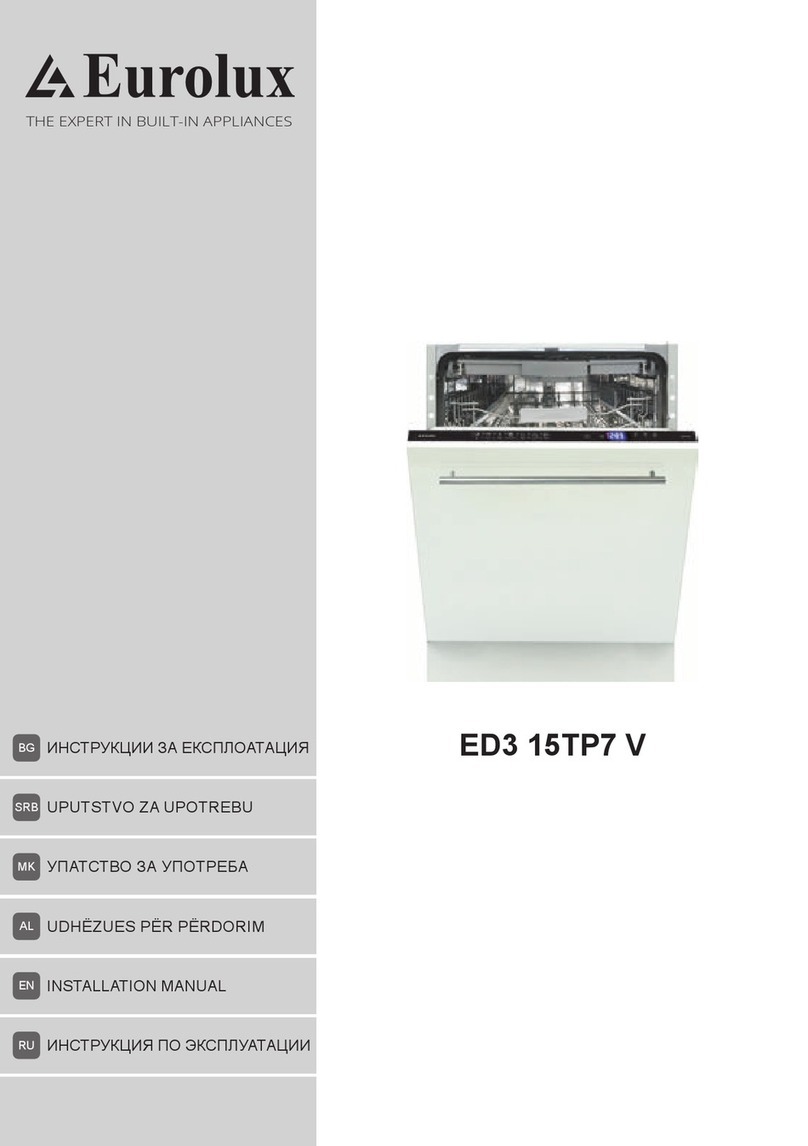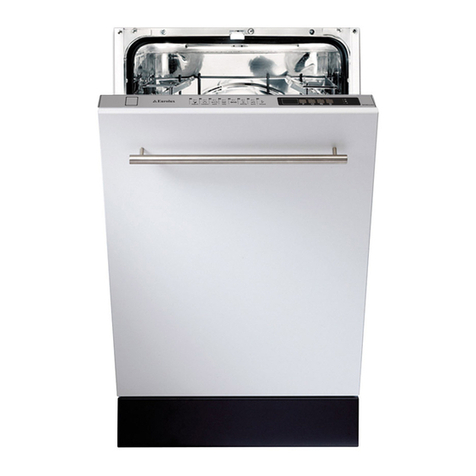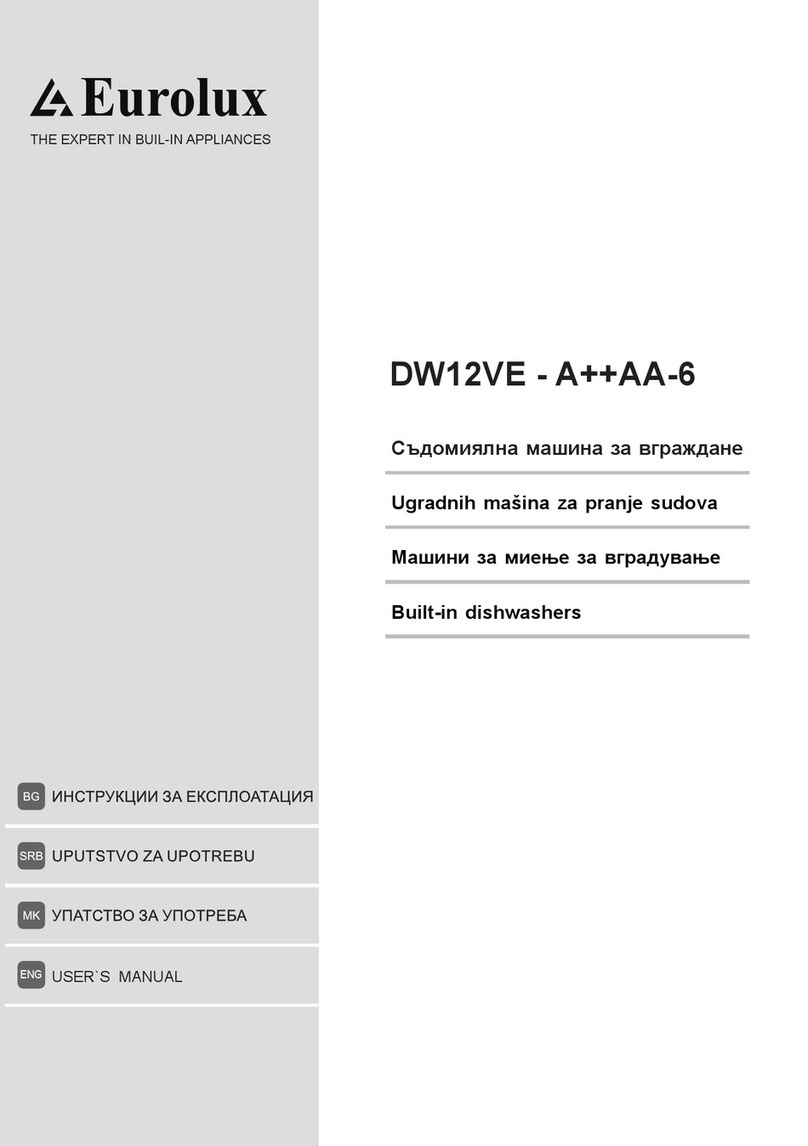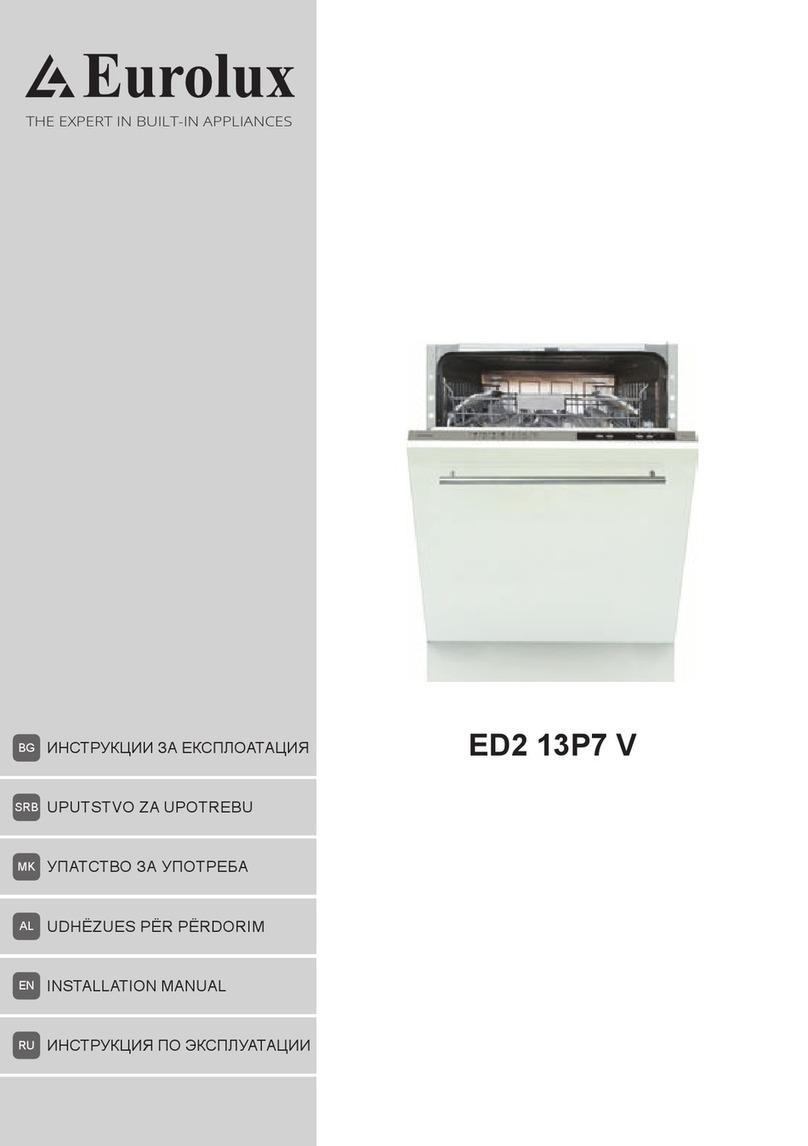Eurolux DW9-CBE Troubleshooting guide




















Other manuals for DW9-CBE
1
Table of contents
Other Eurolux Dishwasher manuals
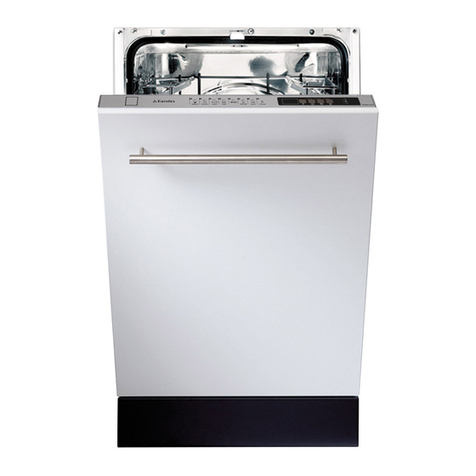
Eurolux
Eurolux DW10VEE-A++AA-8 User manual
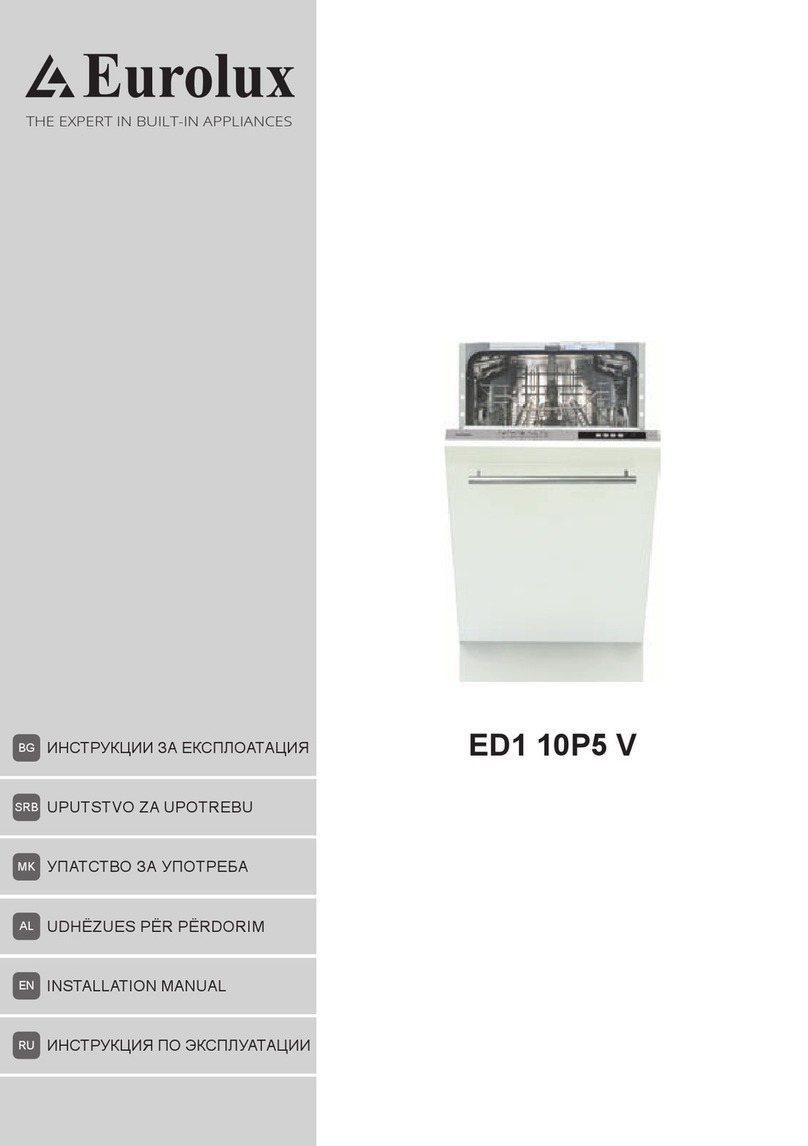
Eurolux
Eurolux ED1 10P5 V User manual

Eurolux
Eurolux EDW612X Guide
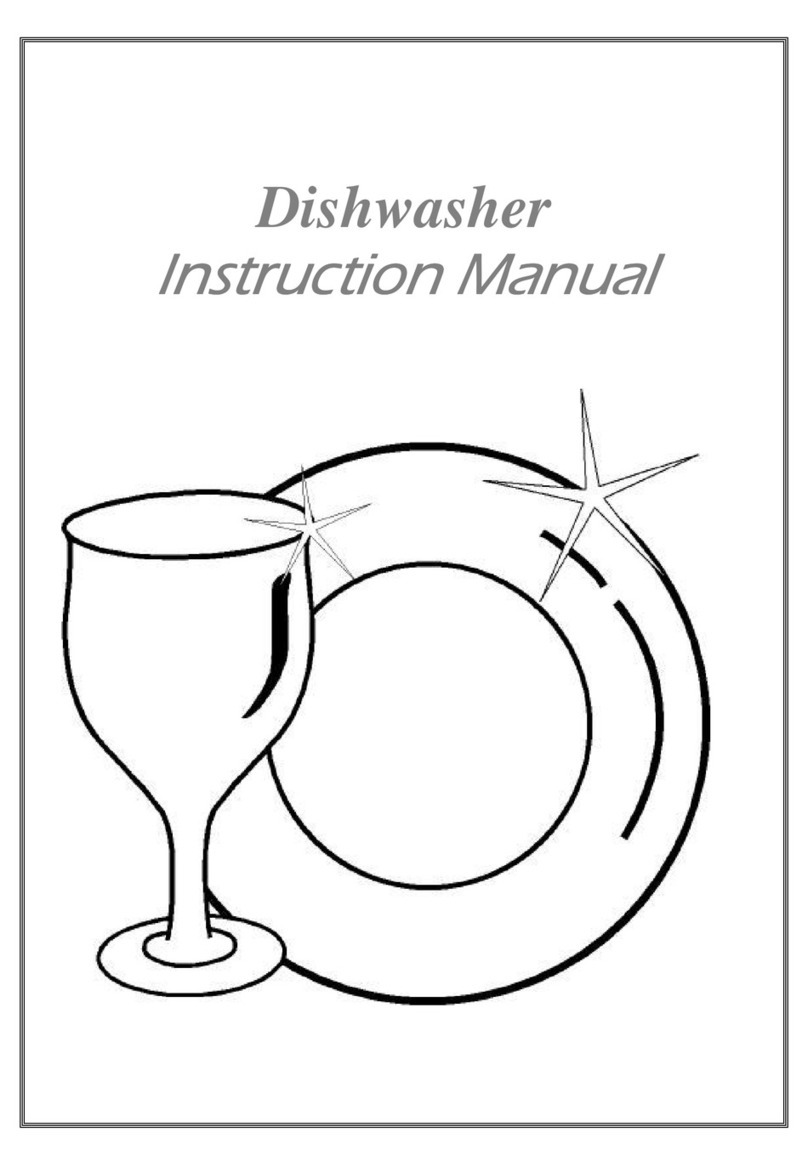
Eurolux
Eurolux DW10V--AAA--6 User manual
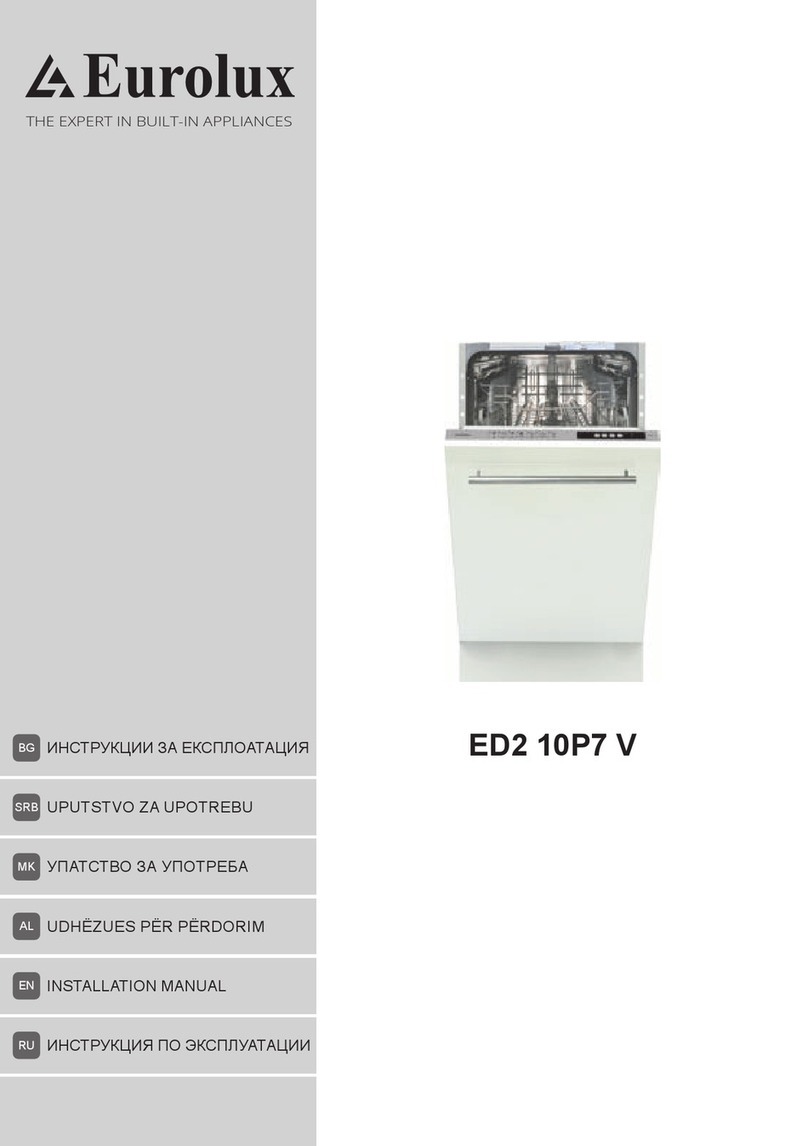
Eurolux
Eurolux ED2 10P7 V User manual
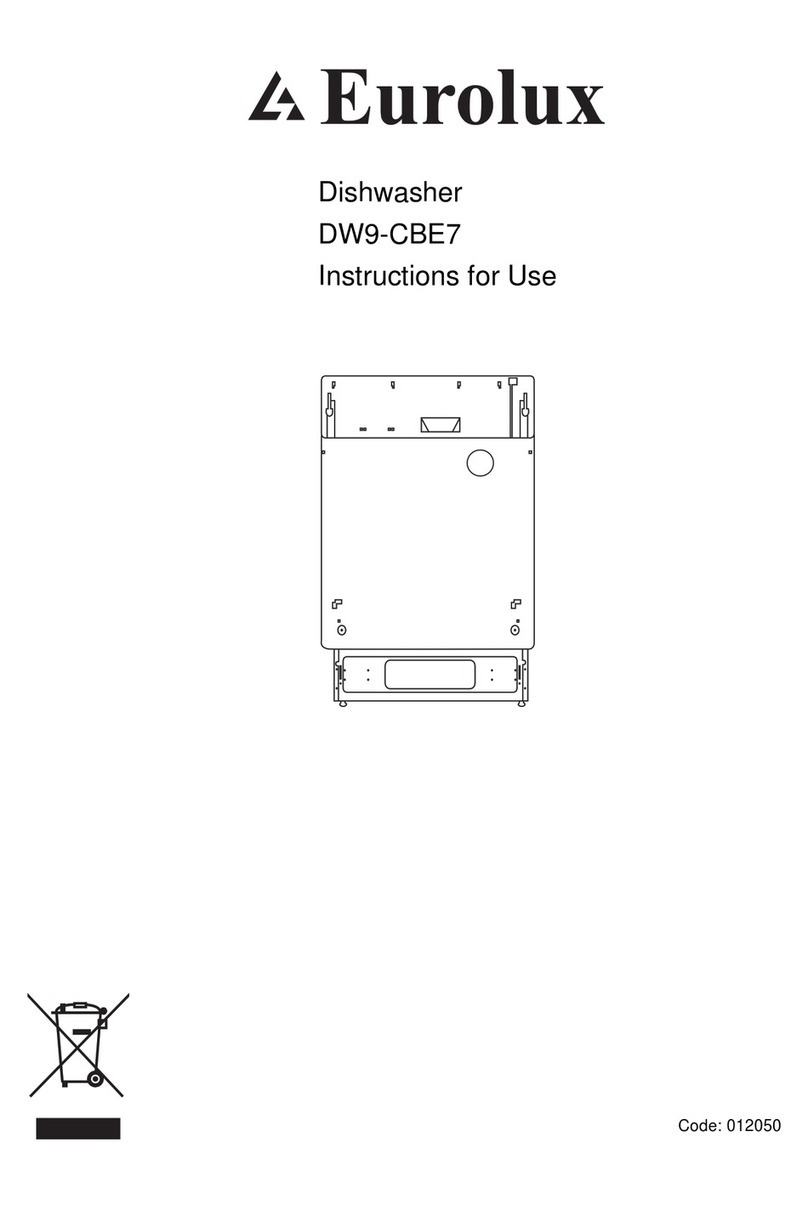
Eurolux
Eurolux DW9-CBE7 User manual

Eurolux
Eurolux ED4 15TP9 V User manual

Eurolux
Eurolux ED4 10TP9 V User manual

Eurolux
Eurolux ED1 12P5 V User manual
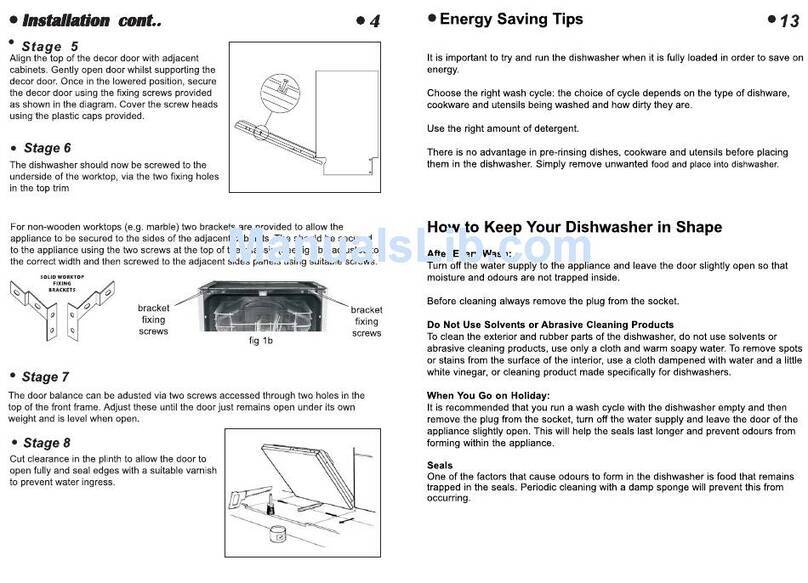
Eurolux
Eurolux DW9-CBE
Popular Dishwasher manuals by other brands

ZANKER
ZANKER ZKS 5640 Instruction book
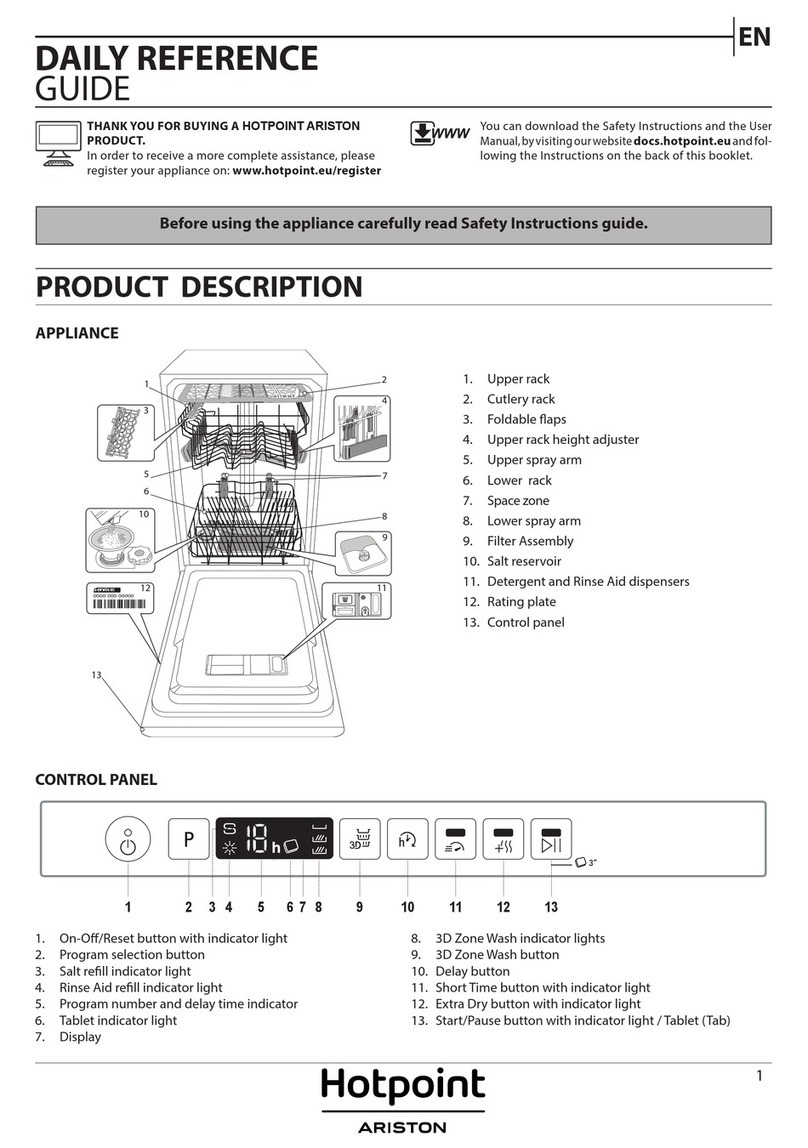
Hotpoint Ariston
Hotpoint Ariston HSIO 3O23 WFE Daily reference guide
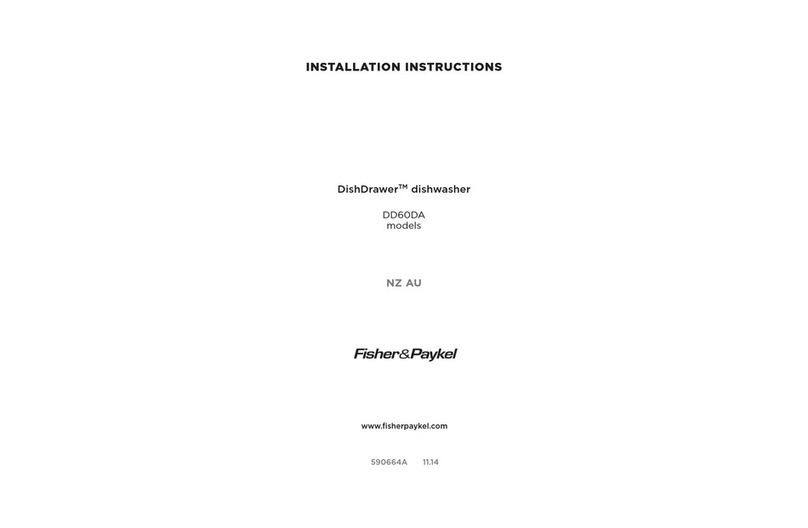
Fisher & Paykel
Fisher & Paykel DishDrawer DD60DASeries installation instructions
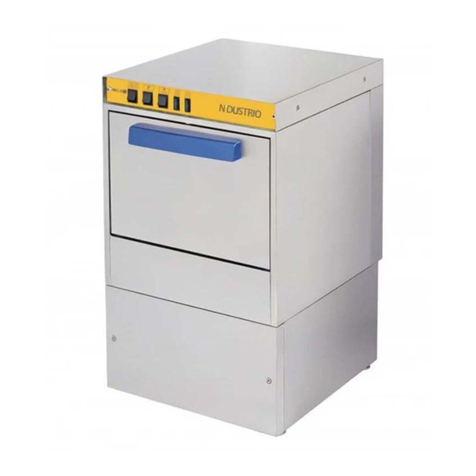
N'DUSTRIO
N'DUSTRIO WZ-50 user manual

Miele
Miele G 5056 operating instructions

A.O. Smith
A.O. Smith GPM GPH Specification sheet

KitchenAid
KitchenAid KDFE454CSS installation instructions
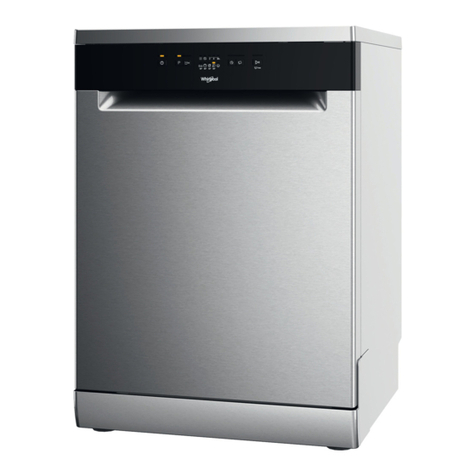
Whirlpool
Whirlpool WFE2B19XUKN Daily reference guide

Electrolux
Electrolux Energy Star WT30H208DU Specification sheet

Smeg
Smeg Dishwasher DI612CAH instruction manual
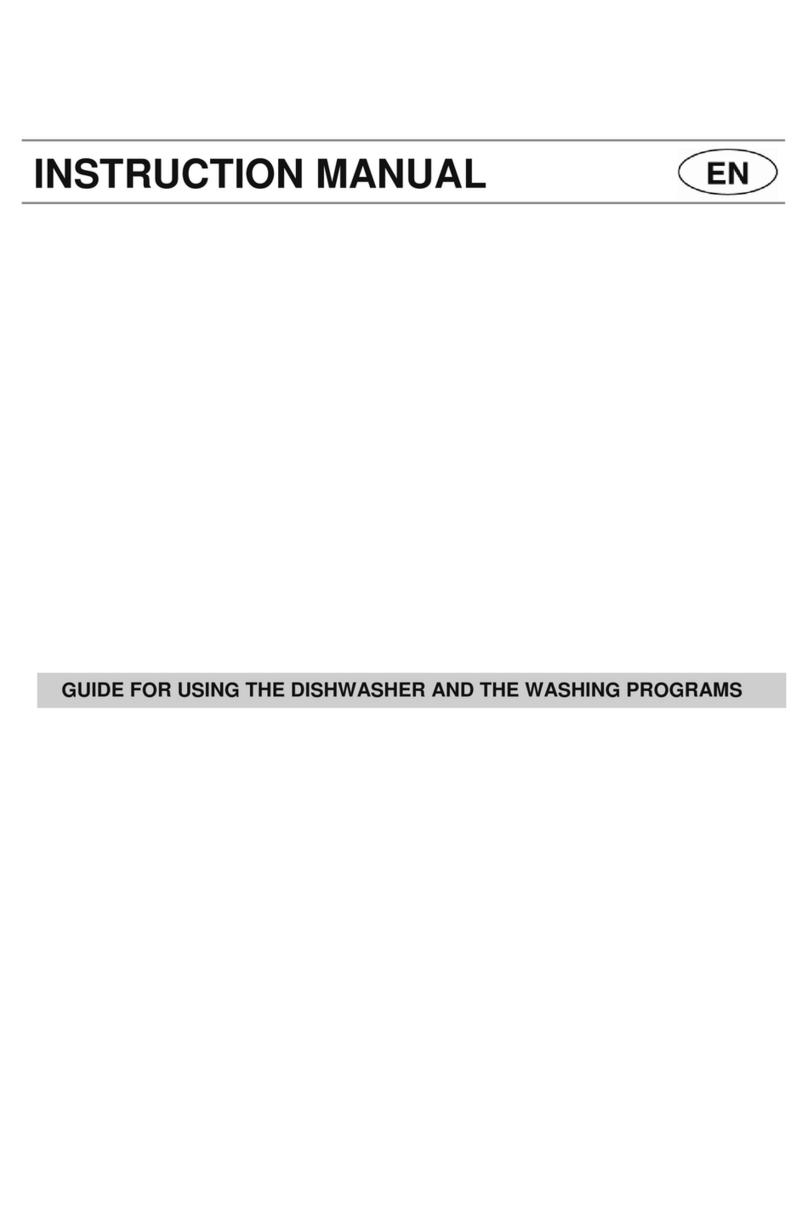
Smeg
Smeg ST4 instruction manual

Bosch
Bosch SGE63E06UC - Evolution 24" Special Application Dishwasher... Instructions for use

Hisense
Hisense HV643D60UK user manual

Electrolux
Electrolux EDW7505HPS - Semi-Integrated Dishwasher With 5 Wash... care guide

Electrolux
Electrolux ESF6550 Instruction book

Beko
Beko DUT36420X installation manual
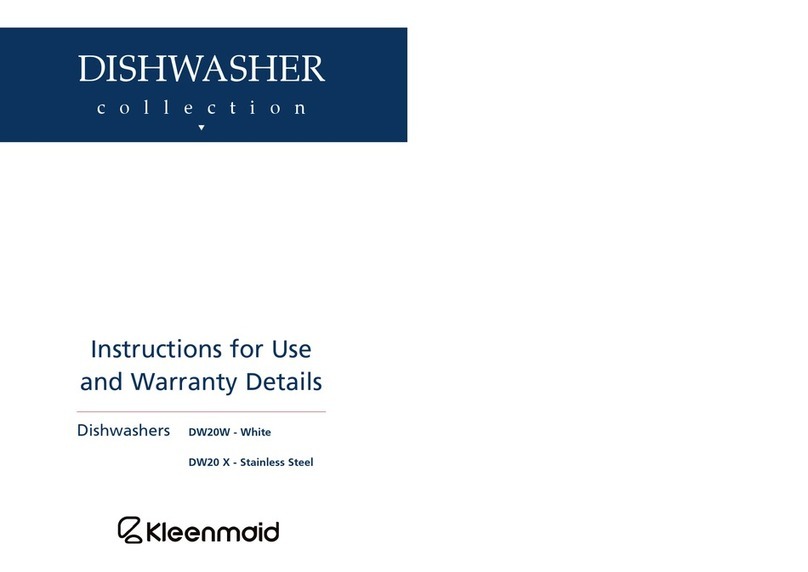
Kleenmaid
Kleenmaid DW20W Instructions for use and warranty details
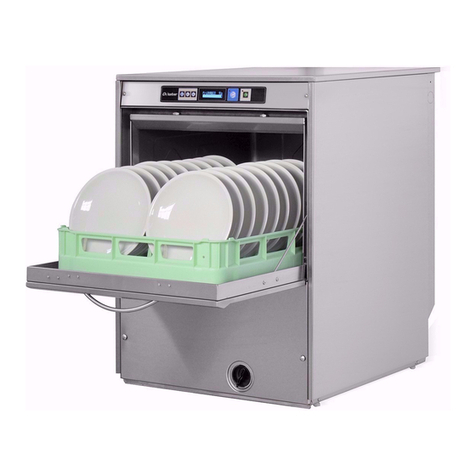
lamber
lamber F85 instruction manual
